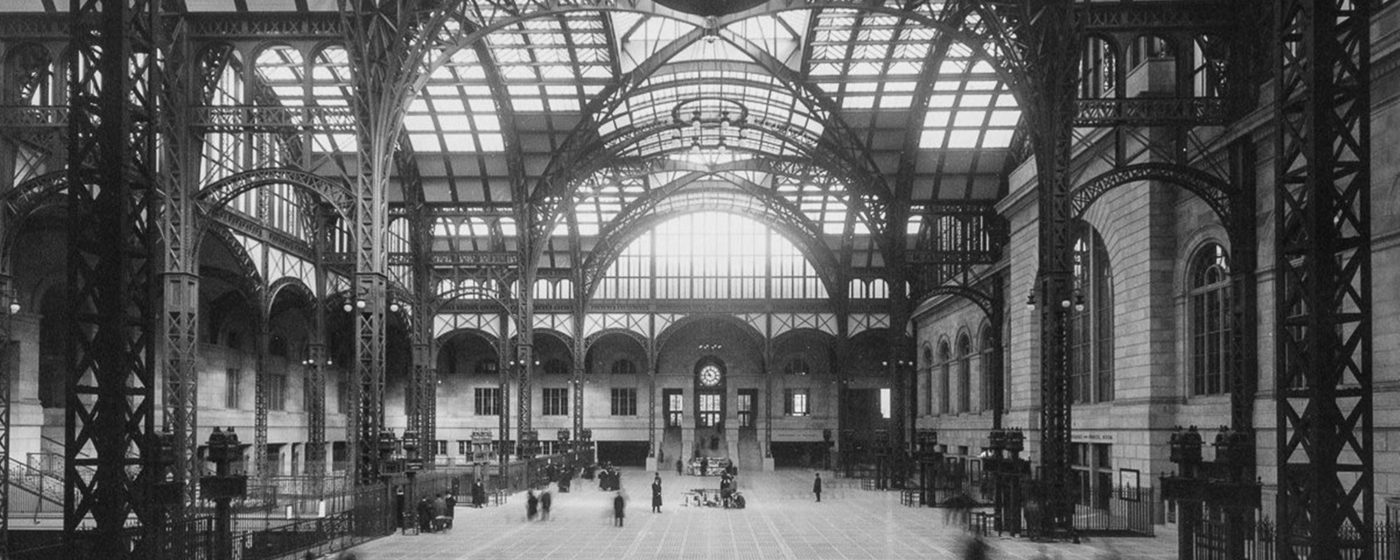
- Panel
Preservation before the Demolition of Penn Station: A Panel Discussion
2013 Program Series:
Fifty Years since the Demolition of Penn Station
Fifty years ago, New York suffered one of its greatest losses and most powerful wake-up calls: Penn Station’s demolition. Of its replacement, Vincent Scully famously said that while through Penn Station, “one entered the city like a god, one scuttles in now like a rat.” A generation of New Yorkers vowed to never let such a tragic loss occur again.
Fifty years later, we will look back at this watershed moment in New York’s preservation history. What led up to this defining event, what have we learned from it, and what lessons from Penn Station are we in danger of forgetting?
Preservation before the Demolition of Penn Station:
A Panel Discussion
The original Penn Station, built by the renowned architecture firm of McKim, Mead, and White in 1910, stood for fifty years as a masterpiece of the Beaux-Arts style and a monument to New York’s aspirations as a world capital. In 1963 the station was demolished, a loss that was bitterly protested. The demolition prompted deep self-reflection on the part of our city, and was soon followed by the passage of New York City’s Landmarks Law. This episode is often cited as the beginning of the modern preservation movement in New York, but in fact preservation efforts in Greenwich Village and elsewhere had begun long before.
This panel discussion will look at the preservation movement prior to 1963, focusing on specific early battles and how they differed from later battles in the post-Penn Station era. Panelists will include: Prof. Franny Eberhart, Trustee of the Historic Districts Council and Historic House Trust; Jon Ritter, professor of urbanism and architecture at NYU; Anthony Robins, preservationist and author; and Tony Wood, author and founder of the New York Preservation Archive Project.
- Date
- Tuesday, April 30, 2013
- Time
- 6:30 pm
- Details
Washington Square Institute, 41-51 East 11th Street, 4th Floor